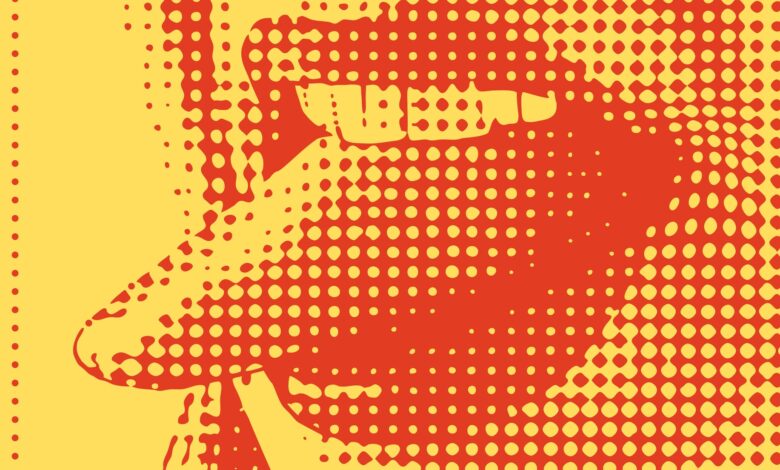How to Get Rid of a Canker Sore ASAP, According to Experts

If you panic-googled “how to get rid of a canker sore” because you have one of these tender spots inside your mouth—or you feel one brewing—you’ve come to the right place. As tiny as they are, canker sores sure do pack a punch. They can make eating, drinking, kissing, and even just talking super uncomfortable.
So we talked to medical experts about what, exactly, causes those pesky lesions in the first place—and how to make them go away ASAP (or at least make them a little more bearable in the meantime).
What are canker sores, exactly?
To get specific, canker sores are small, shallow ulcers that develop in the soft tissues of the mouth. They can form on the inside of your cheeks, the base of your gums, and even on your tongue, Erich Voigt, MD, director of the division of general otolaryngology at NYU Langone Medical Center, tells SELF.
“They can happen to anyone,” Dr. Voigt says. Usually, they look like small white or yellow-tinged spots, and they can hurt like absolute hell, causing a stinging pain that intensifies when you eat something acidic or spicy, touch them with your tongue, or even drink water.
Oh, and if you’re wondering, Are canker sores contagious?, you might be mistaking them for cold sores, or “fever blisters.” These suckers are caused by the herpes virus and, unlike canker sores, can easily be spread via skin-to-skin contact like kissing. (If you have a lesion in your mouth that’s blistering, has tiny bubbles of clear fluid, or is crusted over, you should see your primary care doctor. That could be a herpes sore.)
What causes canker sores?
Unfortunately researchers don’t really know what, exactly, causes these annoying little ulcers to show up, but there are a handful of things that may trigger them, Leena Palomo, DDS, MSD, a board-certified periodontist and professor at New York University, College of Dentistry, tells SELF. “For some people, it’s spicy or acidic foods [like pineapple, grapefruit, or oranges],” Dr. Palomo says. Research also suggests that sodium lauryl sulfate (found in many toothpastes) can cause inflammation in the mouth, leading to those frustrating spots, she adds.
Another common trigger that both Dr. Voigt and Dr. Palomo have seen is local trauma—from brushing your teeth too aggressively, for example, accidentally biting the inside of your mouth while chewing, or diving into a bag of sharp Doritos. You may also get one of those awful little suckers when you’re stressed or when your immune system is weak—maybe your body’s fighting off a virus, for instance. Canker sores (which, by the way, are usually genetic) can also be a side effect of certain autoimmune conditions like celiac disease, ulcerative colitis, Crohn’s disease, lupus, and Behçet’s disease (which causes inflammation in the blood vessels), according to Dr. Palomo.
How to treat a canker sore at home
So…can you pop a canker sore to make it go away? Let us save you some trouble: Since canker sores are shallow wounds—not blisters or pimples—there’s really nothing there to pop. Plus, it’ll probably hurt if you try.


